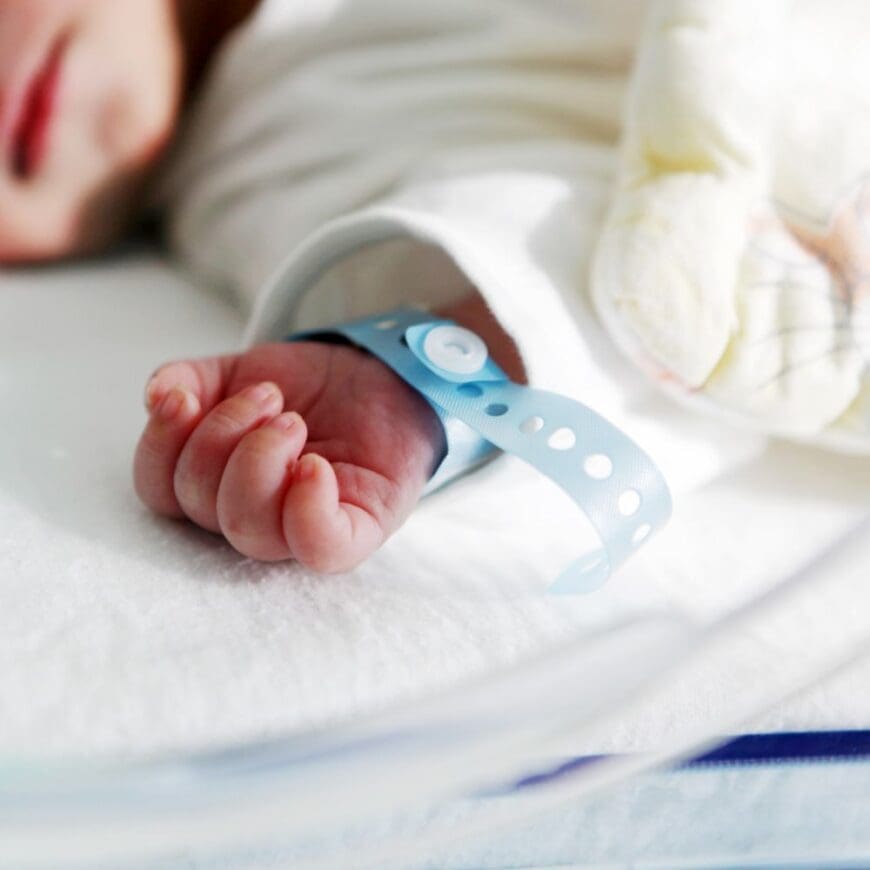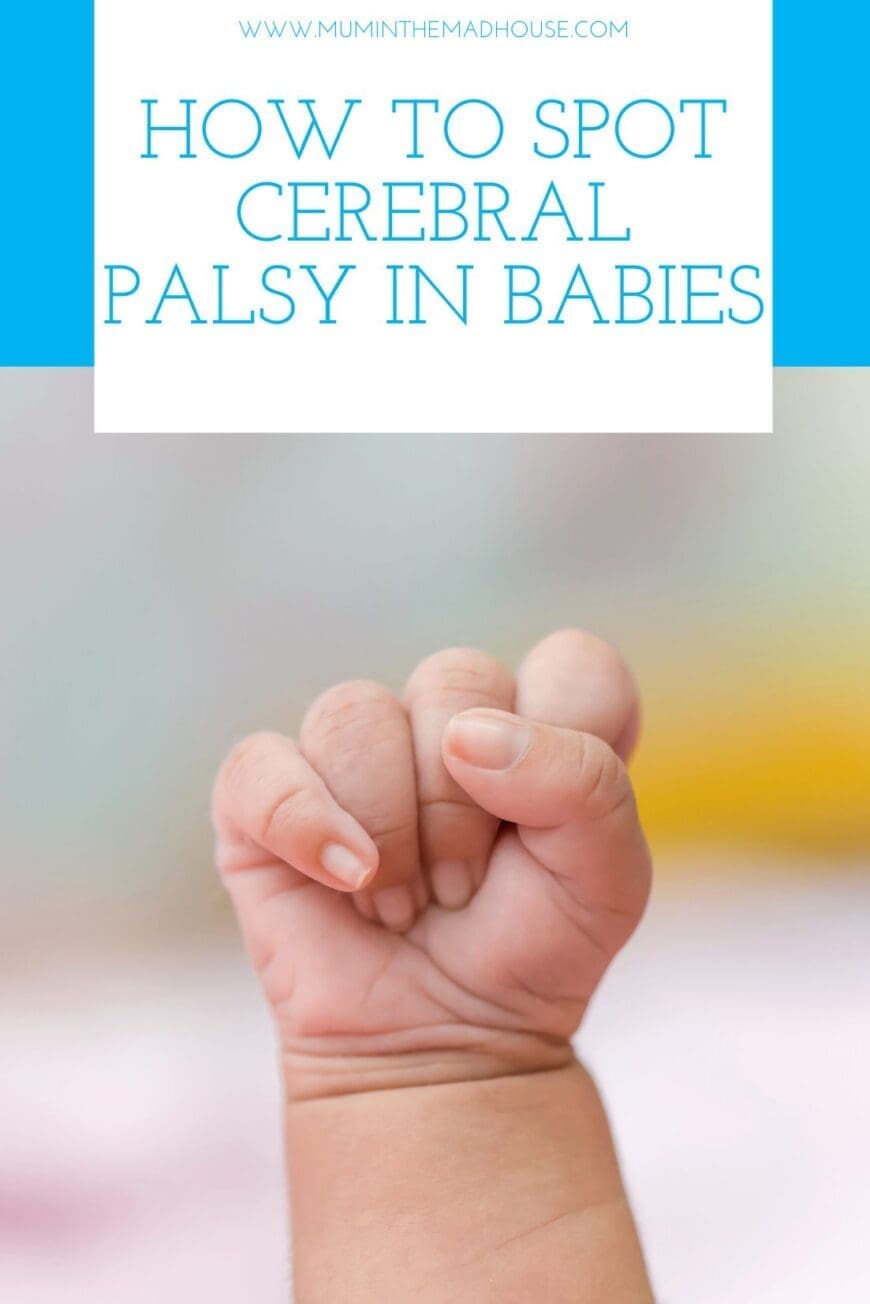How to Spot Cerebral Palsy in Babies is a paid collaborative post By Eddie Jones, partner and head of clinical negligence, JMW Solicitors
Cerebral palsy refers to a group of lifelong conditions that can make mobility and coordination difficult. It is usually caused by brain damage before, during, or not long after the birth of a baby.
In the UK, 2-2.5 out of every 1,000 babies are born with cerebral palsy, and there are roughly 30,000 children living with the condition in this country alone. Cerebral palsy can vary from child to child, and the severity of the condition can affect the type of care that the child will need for the rest of their life.

Cerebral palsy can affect a person’s posture, movement and their general coordination. Because of this, people with cerebral palsy are more likely to have mobility and motor control problems, such as spasticity. They also may struggle with speaking or swallowing and have developmental delays, or learning difficulties.
Because cerebral palsy symptoms can be hard to spot in babies, the condition is often not diagnosed until the child is a toddler. That’s why it is important to know how to spot some of the less clear symptoms of cerebral palsy, as doing so can lead to an earlier diagnosis and therapy and equipment being put in place to help to manage the condition.
What causes cerebral palsy?
Cerebral palsy is caused by a child suffering a brain injury before, during, or soon after birth.
If the brain injury occurs before the baby has been born, this may be a result of the baby’s brain not getting enough oxygen or blood. It is also possible for the baby to have suffered a stroke while in the womb. There are normally signs of problems like this during pregnancy. It is really important that the maternity staff, such as your midwife, are vigilant and do all the necessary checks and monitoring.
Sadly, cerebral palsy linked to oxygen deprivation during labour happens far too often because maternity staff ignore signs of distress, such as abnormalities in the baby’s heart rate. The baby’s delivery is delayed as a result, and the brain is starved of oxygen.

Cerebral palsy symptoms in babies
Here, we take a look at some of the signs that may be present if your child has cerebral palsy caused by a brain injury.
If your child is suffering from cerebral palsy, they will generally show the following symptoms under the age of six months:
- Trembling of the arms and legs
- Feeding difficulties
- Poor muscle tone
- Abnormal posture
- Seizures, staring spells, eye fluttering or body twitching
- Abnormal reflexes
- Changing muscle tone from floppy to very stiff
- Hand held in tight fist
- Asymmetry of movement
Even though these signs may not always point to cerebral palsy, it’s still crucial to keep an eye out for them, especially if your child shows more than one.

Types of cerebral palsy
Based on the symptoms your child shows, your doctors may categorise the condition as a specific type of cerebral palsy.
There are four main types of cerebral palsy:
Spastic cerebral palsy – movement is challenging and the range of motion is limited due to the muscles’ stiffness and tightness (particularly when moving them fast)
Dyskinetic cerebral palsy – causes erratic, out-of-control bodily motions or spasms because the muscles alternate between being stiff and floppy
Ataxic cerebral palsy – when a person struggles with balance and coordination, it can cause unsteady, clumsy, and occasionally trembling motions
Mixed cerebral palsy – when a person exhibits signs of multiple forms of the condition
Other types of cerebral palsy you could hear include hemiplegia, diplegia, monoplegia and quadriplegia. These refer to the body parts that cerebral palsy has an impact on. One side of the body is affected in hemiplegia, two limbs are affected in diplegia, one limb is affected in monoplegia, and all four limbs (and typically the entire body) are affected in quadriplegia.
Even when all medical protocols and procedures are carefully followed, cerebral palsy-causing brain injuries can still occur. However, there are instances in which they occur as a result of negligence on the part of a doctor, nurse, midwife, or other healthcare professional. If a doctor who participated in the birth of your child gave inadequate treatment, you may be able to obtain the care and support you and your child require thanks to your legal right to claim compensation.
